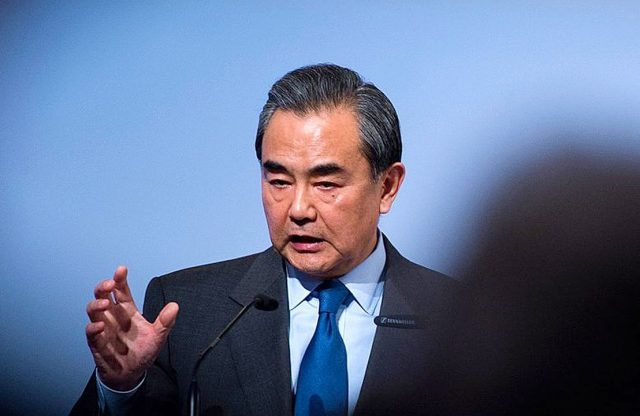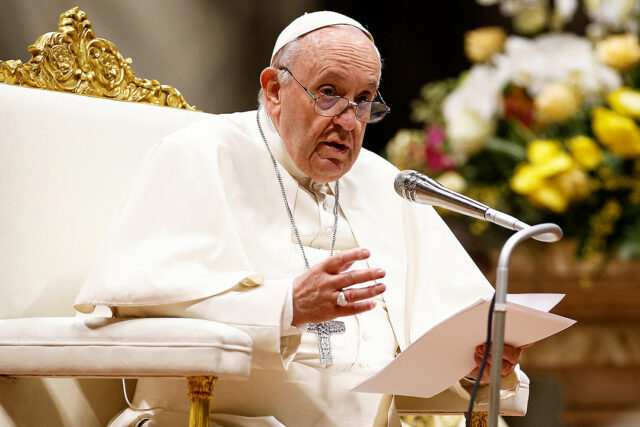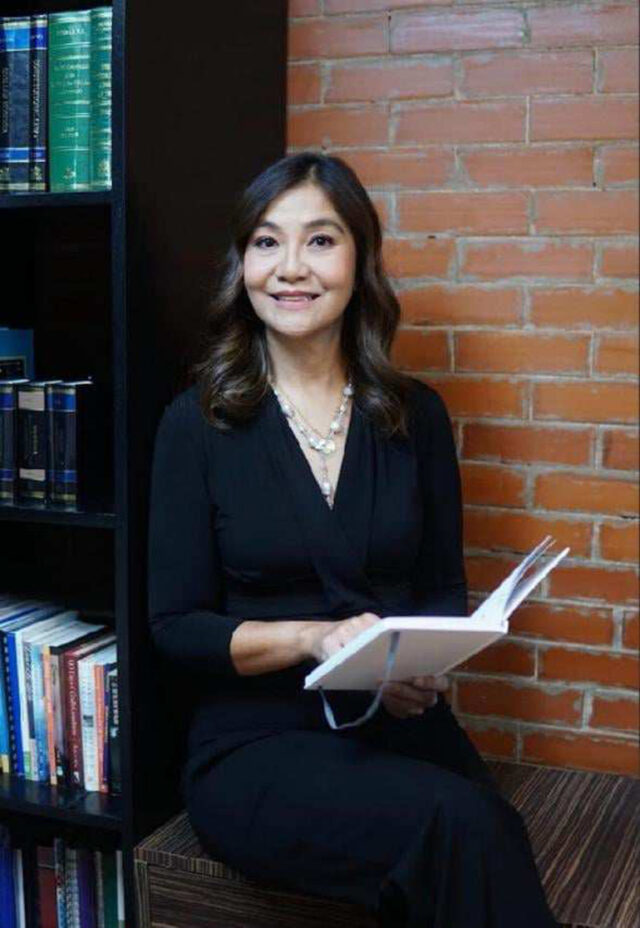MELBOURNE — Defending champions Novak Djokovic and Aryna Sabalenka entertained bumper crowds with contrasting first-round victories over teenagers as the Australian Open got underway a day earlier than usual on Sunday.
Mr. Djokovic, who admitted he had been feeling under the weather for the last few days, needed more than four hours on Rod Laver Arena to subdue qualifier Dino Prizmic 6-2 6-7(5) 6-3 6-4 and remain on course for an 11th title at Melbourne Park.
That kept Ms. Sabalenka waiting almost until midnight to open her title defense against Ella Seidel but the second seed did everyone a favor by making light work of the German qualifier with a quickfire 6-0 6-1 victory.
Mr. Djokovic’s contest was the longest first-round match he had ever played at a major and he lavished praise on Grand Slam debutant Mr. Prizmic for taking the game to him.
“I mean, I had an amazing opponent tonight,” he said of the Croatian.
“For an 18-year-old, he played so maturely and confidently on the court, fighting through, not giving up even when he was four down in the fourth set. I was impressed with his mentality, with his approach, with his game.”
Ms. Sabalenka was clearly delighted to be back at the site of her first Grand Slam triumph.
“I’m super happy to be back. The last time I was here I had incredible memories, unforgettable memories,” the 26-year-old told the fans who stuck around to watch her ruthless 53-minute walloping of Ms. Seidel.
“Hopefully, I can stay until the very, very, very last day.”
In the first match of the day on the main showcourt, fourth seed Jannik Sinner, the hottest player on the men’s tour at the back end of last season, eased past Botic van de Zandschulp 6-4 7-5 6-3 in his first match of the new year.
Cheered on by the “Carota Boys” — a band of fans dressed as carrots — the Italian was far from perfect but content to get through the contest in three sets.
SENSATIONAL SHOTS
“I think, to be honest, it was a positive opening match,” the 22-year-old said. “Today I felt a little bit of the match feeling, it was important for me.”
Fifth seed Andrey Rublev had a much tougher time getting into round two, pushed all the way by debutant Thiago Seyboth Wild in his 7-5 6-4 3-6 4-6 7-6(6) win.
Mr. Rublev was clearly furious at his inability to see off the world number 78, who produced some sensational shots to frustrate the Russian and earn the support of the Margaret Court Arena crowd.
“I’m not going to forget this match,” said the relieved Mr. Rublev, who said he had flashbacks of the Brazilian’s upset of his compatriot Daniil Medvedev in the first round of last year’s French Open.
“Thiago is a super dangerous player, he was serving really hard, first and second serves, and hitting the ball really clean.”
Taylor Fritz also needed five sets to beat South American opposition, the 12th seed prevailing 4-6 6-3 3-6 6-2 6-4 over Argentine Facundo Diaz Acosta in another four-hour marathon.
The addition of an extra day to the tournament to help clear the first round matches left the early schedule a little light on star power.
Czech Barbora Krejcikova was the only former women’s Grand Slam winner playing in the day session and the ninth seed had to come from behind to beat Japanese wildcard Mai Hontama 2-6 6-4 6-3.
Women’s eighth seed Maria Sakkari had an easier time getting past her Japanese opponent Nao Hibino 6-4 6-1 but 13th seed Liudmila Samsonova crashed out 6-3 6-4 at the hands of American Amanda Anisimova.
Ms. Sabalenka will next play Czech qualifier Brenda Fruhvirtova, who became the youngest winner in the main draw since Coco Gauff beat Naomi Osaka in 2020 with a 2-6 6-4 6-3 victory over Ana Bogdan at the age of 16 years and 287 days.
Former champion Caroline Wozniacki advanced to the second round after four years away from Melbourne Park when last year’s semifinalist Magda Linette retired due to injury while trailing 6-2 2-0.
Marin Cilic played his first Australian Open before Ms. Fruhvirtova was born and reached the final in 2018 but he had little to celebrate after his 50th match at Melbourne Park, a 6-1 2-6 6-2 7-5 loss to Hungarian Fabian Marozsan. — Reuters











